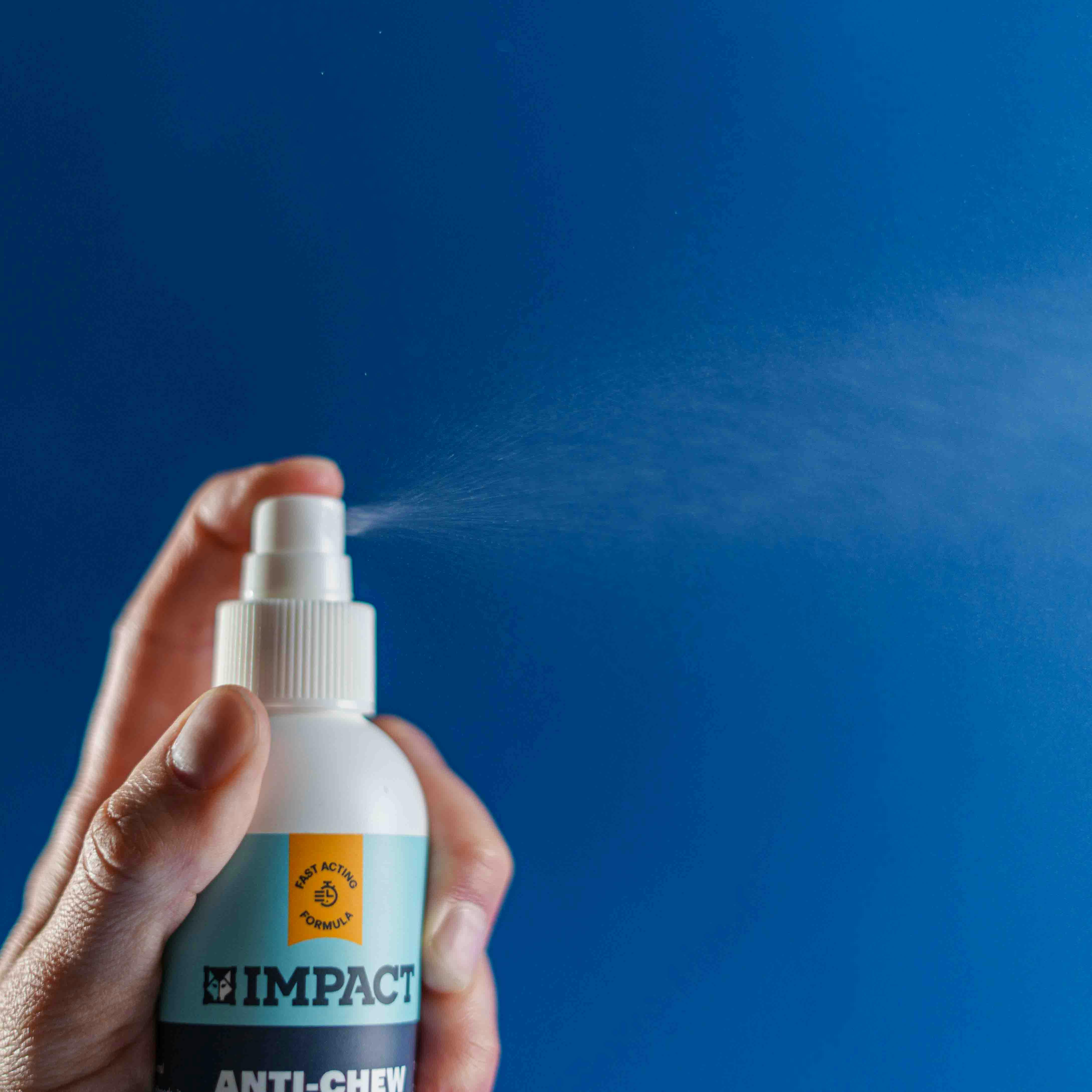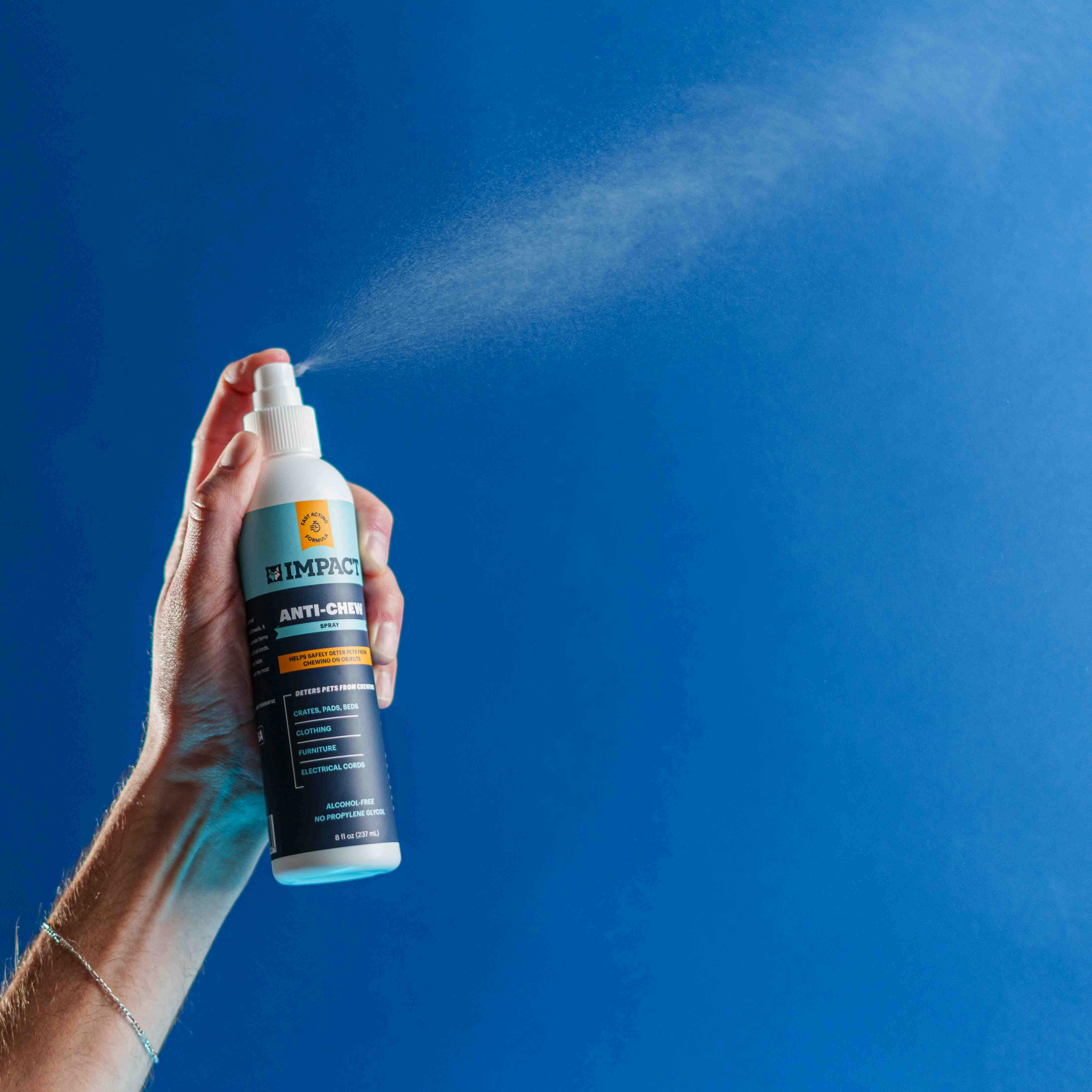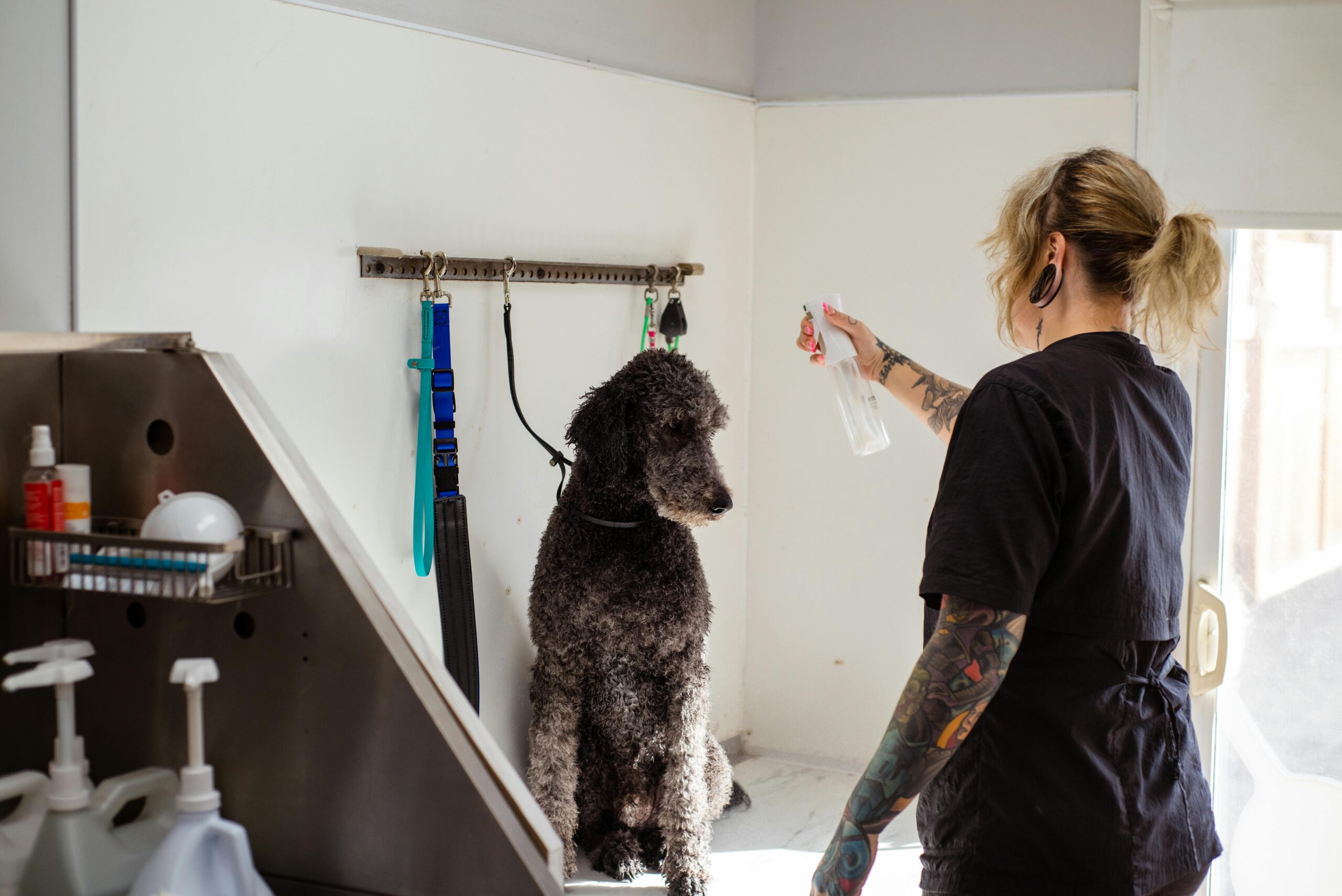How to Train Dog with Spray Bottle Effectively
Training a dog can be a rewarding yet challenging endeavor. With countless methods available, finding one that’s effective, humane, and easy to apply is crucial. One popular method is to train dog with spray bottle—an approach that, when used correctly, reinforces discipline without harm. In this guide, we’ll explore how this method works, why it’s effective, and how you can use it to improve your dog’s behavior long-term.

Understanding the Fundamentals
Before implementing any training method, it’s essential to understand the psychology behind dog behavior. Dogs respond to immediate and consistent consequences, which is why timing and technique are vital in behavioral correction. The spray bottle method leverages a gentle, non-harmful aversive stimulus—water—to deter unwanted actions.
This approach is rooted in classical and operant conditioning, where dogs learn to associate specific actions with outcomes. Much like how humans avoid touching hot surfaces, dogs learn to avoid behaviors that result in undesirable consequences.
1.1 The Principle of Negative Reinforcement
Negative reinforcement involves removing an unpleasant stimulus when a desired behavior is performed. In spray bottle training, the water is the aversive stimulus. If the dog stops barking or jumping, the spraying stops—this teaches the dog what behavior is expected.
While often misunderstood, negative reinforcement isn’t about punishment. It’s about giving the dog control: behave properly and the discomfort (a spray of water) disappears.
1.2 Importance of Timing and Consistency
One of the most critical aspects of spray bottle training is applying it at the exact moment the bad behavior occurs. Delay even a few seconds, and your dog won’t understand the connection between action and consequence.
Consistency across all handlers is also crucial. If one person uses the spray bottle and another doesn’t, it confuses the dog and undermines training success.
Practical Implementation Guide
Now that you understand the psychology behind the technique, it’s time to implement it practically. Knowing when and how to use the spray bottle will make or break your success. Keep expectations realistic—some dogs respond immediately, others need weeks of reinforcement.

2.1 Actionable Steps
- Prepare the Bottle: Use a clean spray bottle with only clean water. Never use chemicals or oils.
- Identify Problem Behaviors: Common targets include barking, jumping, chewing, and ignoring commands.
- Immediate Application: Spray only when the behavior starts. Aim for the body, not the face or ears.
- Verbal Cue: Combine the spray with a firm “No” or “Stop” to reinforce verbal commands.
- Positive Reinforcement: Praise or treat your dog when they stop the undesired action.
2.2 Overcoming Challenges
Spray training may not work on all dogs equally. Some common obstacles include:
- Water-tolerant Dogs: If your dog enjoys water, this technique may not deter behavior.
- Delayed Spraying: Spraying even a few seconds late breaks the behavior-consequence connection.
- Overuse: Excessive spraying can cause fear or anxiety, so moderation is key.
- Mixed Signals: Everyone interacting with the dog must use the same strategy to avoid confusion.
To troubleshoot, adjust your technique. If your dog is water-loving, use a startling sound instead, like a shake can. Always observe your dog’s reaction to ensure training is humane and effective.
Advanced Applications
Once your dog has mastered basic behavioral adjustments, spray bottle training can be extended to more complex commands. At this stage, it’s less about correction and more about reinforcement and boundary setting.

3.1 Training Off-Leash Behavior
Use the spray bottle method during off-leash sessions to reinforce recall commands or boundaries. For example, if the dog strays from a designated area, a quick spray and a firm command can redirect them effectively.
Some trainers use colored water to make the spray more visible (using pet-safe dye) as a visual signal in advanced behavior correction, though this should be tested for skin compatibility first.
3.2 Integration with Clicker Training
The spray bottle method pairs well with clicker training. The clicker marks desired behavior, while the spray discourages negative ones—this dual reinforcement covers both ends of the behavioral spectrum.
Compatibility is seamless when both methods are used consistently and thoughtfully, helping streamline your dog’s learning curve.
Future Outlook
Dog training is evolving rapidly, with technology and psychology playing increasingly significant roles. Humane deterrent methods like spray bottle training are gaining traction as people move away from harsh punishments.
Over the next few years, expect to see smart-spray devices integrated with AI systems, wearable dog tech, and behavior-tracking apps that offer data-driven insights to improve training outcomes.
Conclusion
In summary, to successfully train dog with spray bottle, you must understand behavioral psychology, apply consistent techniques, and adapt based on your dog’s responses. Proper timing and moderation are key.
This method provides a simple yet effective way to correct behaviors humanely. Begin using it today to enjoy a more obedient and balanced relationship with your furry companion.
Take action now: Set up your spray bottle, define unwanted behaviors, and start training. Your well-behaved dog awaits!
Frequently Asked Questions
- Q: Is it safe to train dog with spray bottle? Yes, as long as you use clean water and avoid spraying directly in the face or ears. The goal is gentle deterrence, not punishment.
- Q: How do I get started with spray bottle training? Identify problem behaviors, prepare your bottle, and start with one behavior at a time to avoid overwhelming your dog.
- Q: How long does it take to see results? Most dogs show improvement within 1-2 weeks, though stubborn behaviors may require a month of consistent training.
- Q: Does it cost anything to use this method? No. You only need a basic spray bottle and water, making it one of the most cost-effective training methods available.
- Q: How does spray bottle training compare to shock collars? Spray bottle training is humane and non-invasive, unlike shock collars which can cause fear and stress.
- Q: Is this method difficult for first-time dog owners? Not at all. It’s straightforward and doesn’t require prior experience—just consistency and awareness of your dog’s reactions.
- Q: Can this be used in professional settings like doggy daycares? Yes, but with caution. Staff should be trained and all dogs evaluated for suitability before implementing any aversive methods.
